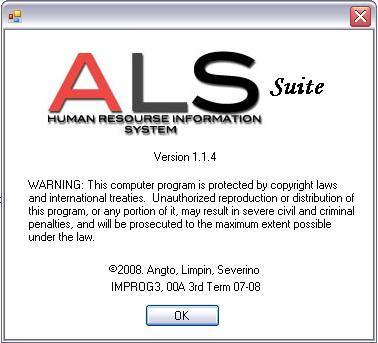In general, this chapter discussed about Words. It explains and illustrates everything from documentation and specifications that should be processed in making web applications.
In paperwork, developers who develop web application should learn this – and the end, most customers won’t read a thing with that documentation. So, it is more important for them to know exactly what the products they are buying. Too much organized works would make your client confused and indecisive. What matters most is how well the application should run smoothly.
Authors suggested that developers should learn to explain customers that are comprehendible for them. Avoid too much ‘geekish’ talk. Instead, talk with them in a common language. Too much technical stuffs could eventually drained up their minds. As a developer, you present your features that can be easily detect by your clients. Be normal and stay normal. You don’t present specifications that are not feasible enough to make. Make your program work at its finest – not to impress your customers from your ‘written’ works.
Lorem Ipsum. It’s been a common thing for almost centuries now, yet it is infamous. Funny thing is that developers are too lazy to change that ‘default’ information. The chapter explains that developers should utilize ‘real’ words than using Lorem Ipsum. Web developers should learn, not to copy-paste the information, but they should learn to acquire information from their clients or customers. Developers should learn to think – think of what customers would think on their applications. Interaction between the client and the developer is important to come up with a better and pleasing interface for the end-users like them.
Web developer must learn how to personify their products. Their application represents themselves. It reflects their attitude and character. Each developer must learn something deeply about their product – making it a subject, not a mere object. They must seek this ‘inner’ information so that developers could come up a better strategy to build their application. Knowing more about your product means learning more. Through proper learning and guidance, developers can create their web applications effectively and productively. What people see is what you get. Developers must understand and reflect from the features they’ll be using – designs, functionality or whatsoever.







